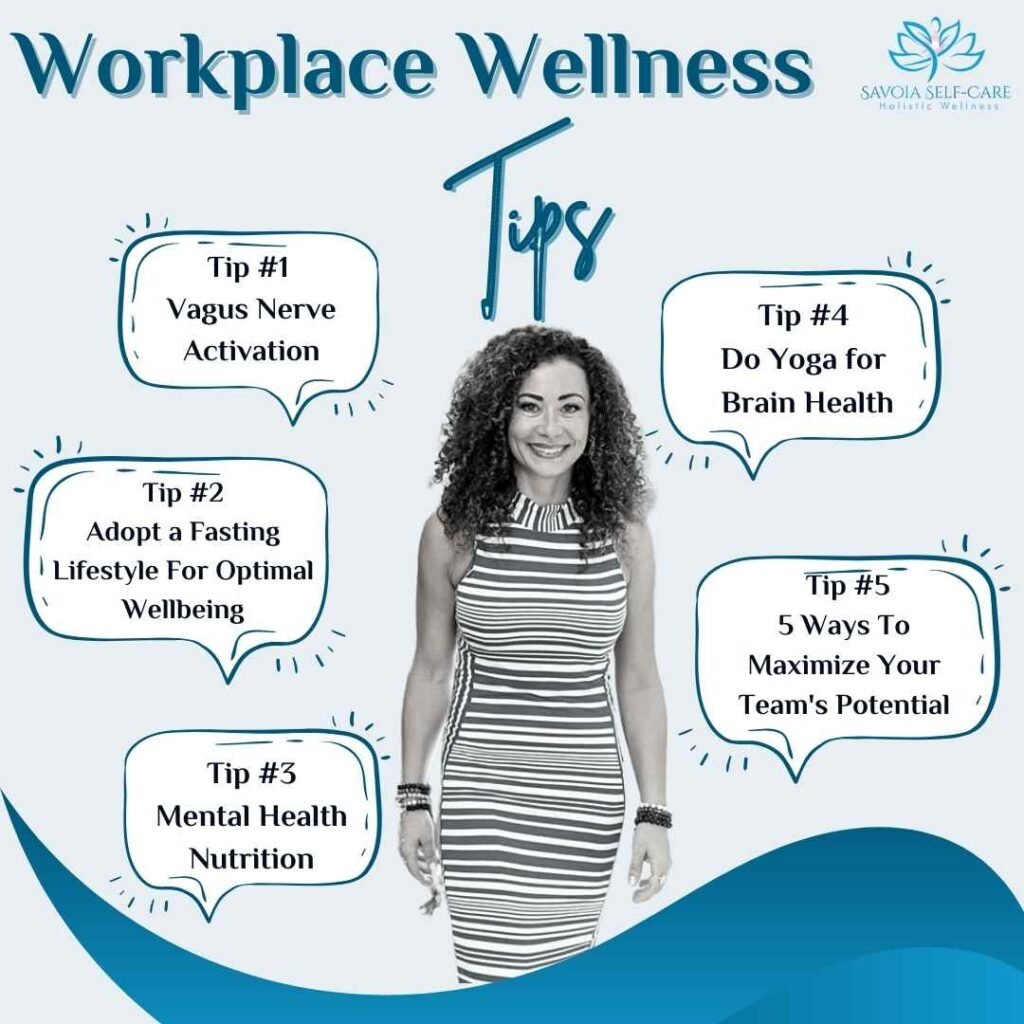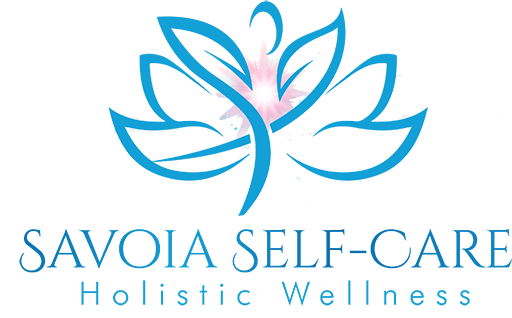Workplace Wellness Whisperer – (May 27)
Hello Workplace Wellness Seeker,
Happy Saturday!
Are you feeling anxious these days? Did you know that the root of anxiety can be your ability to trust yourself or others? Follow me on Instagram or Facebook for regular tips and reels on how to overcome stress & anxiety.
🌸===🌸
Showing gratitude can make you more optimistic. Studies show that those who express gratitude regularly appear to have a more positive outlook on life.
🙏Gratitude Practice🙏
I am so thankful to my … for …
🌸===🌸
What is employee well-being and why is it important?
Employee well-being means looking beyond people’s physical health and the type of work they do. Employee well-being is important because when employees consistently have positive experiences that contribute to a high level of well-being, they can flourish inside and outside of work. According to a Great Place To Work and Johns Hopkins University survey of over 14,000 people from 37 countries, employee well-being affects employee retention and employee referrals. Employees worldwide consistently experience serious gaps in purpose and connections, two core aspects of employee well-being.
My Workplace Wellness Calendar can guide you with some ideas for implementing your wellbeing strategy.
✨Organizations are currently grappling with many issues. But one is arguably more top of mind than others. One that is keeping CEOs up at night. How to stop the revolving door of employee turnover. The reasons for turnover vary from company to company, but there’s one area of the employee experience that shouldn’t be ignored or shoved down on the priority list: employee well-being. The good news is that employee well-being can be supported and developed. Here are some key takeaways:
- Employee well-being is more complex than physical health and the nature of one’s job
- Promoting employee well-being requires consistent listening and measuring with practices such as regular employee surveys
- Employee well-being is a key predictor of employee retention and employee referrals
- Employee well-being is made up of 5 dimensions including emotional support, purpose, financial health and meaningful connections.
Subscribe to my YouTube channel for amazing daily workplace wellness tips that can help in all factors of your wellness program.
Here’s a summary of this week’s 5 tips that can help you personally and professionally.
Read, Listen and Share!

Tip #1. Vagus Nerve Activation
Did you know you actually have a chill-out button in your back pocket ? It’s called the Vagus Nerve. The Vagus Nerve is a sensory nerve and the longest cranial nerve in the body. It starts at the base of the brain, travels down both sides of the neck and the heart, all throughout the stomach area, and into the intestines. Its main function is to regulate digestion and your heart and breathing rate. The vagus nerve connects the brain to the body and its primary function is to activate our parasympathetic nervous system (PNS). The vagus nerve (from the latin meaning ”to wander”), flows throughout the body to perform the following tasks:
•Keeps the larynx open for breathing – feeds the lungs & diaphragm
•Slows/regulates the heartbeat
•Stimulates the secretion of saliva, release of bile, and peristalsis (contaction) pf the bowels
•Contacts the bladder
•Sends messages to the brain to produce/release Oxytocin (feel-good/bonding hormone)
•Reduces anxiety and depression
•Reduces stress and inflammation
•Increases immunity and longevity
Most people have an underactive vague Nerve, lacking vagal tone. Because we are often in stress response, whether from internal stress (fighting infections, stressful throughts) or external stress (traffic jams,news, arguments). One of the main issues people experience when they have an underactive Vagus nerve is constipation. The Vagus Nerve can be tones and strengthened When it’s activated, it will temper your physiological stress response, allowing a feeling of calm to wash over you. And the good news? There are specific exercises you can do for vagus nerve stimulation.
•Gargling: Gargle with water in the morning and evening when you brush your teeth. Aim for 30 seconds to one minute.
•Singing: Doesn’t matter if you can carry a tune, turn on your favorite song and sing your heart out.
•Om-ing: Yes, the same om associated with yoga practice . Sitting in a quiet space, chant a long “om.” You should feel a vibration around the ears, which will connect to the vagus nerve. A study in the International Journal of Yoga, found that chanting ‘om’ was helpful in deactivating certain parts of the limbic system in the brain involved in stress and emotional responses, such as the amygdala.
•Laughing: Watch a funny TV show or movie and actually LOL at the funny parts. Or, get together with that friend who you always makes you laugh.
•Gratitude journaling: Sit down before bed or when you wake up and write down three things you’re grateful for, whether they’re big (your family) or small. Repeat this daily, weekly, or a cadence that feels right for you to help activate the PNS.
•Deep breathing: Try out those techniques Rita shared during the kick-off presentation.
•Meditating: Meditating can take many forms and does not have to be long and drawn out, but “contemplative practices,” such as meditation and yoga, have been found to bring calm, in part, by activating the vagus nerve, according to research. Spend five minutes on an app like Headspace, Calm, or Insight Timer for short guided meditations or check out Rita’s YouTube channel for some mediations.
•Exposing yourself to things that are beautiful, such as a sunset, spending time in nature , looking at pretty pictures, or playing with your pets: Anything that brings forth positive emotions—and this is different for everyone—increase vagal tone, and has been found to be a contributor to good physical health, notes a randomized controlled trial in Psychological Science.
Have fun stimulating this amazing and super important nerve in your body to help you reduce stress and activate your relaxation response.
Listen to the Self-Care Goddess Podcast “Living with Herpes: A Woman’s Story” episode #75
Tip #2. Adopt a Fasting Lifestyle For Optimal Wellbeing
Have you tried fasting yet? The benefits are incredible and the research is astounding. Fasting helps to reduce inflammation, lose stubborn weight, increase energy and mental clarity, and even boost your immunity. My Hot Tip: If you want to try fasting, begin slow and try pushing back your breakfast by 30mins-1hr and ensure that you don’t eat anything 3 hrs before bed. But I always recommend working with a certified professional. Keep following me for the unique benefits of the different types of fast. One type of fast is called The Fasting Mimicking Diet®, or FMD®, is a high nutrition, low protein, low carbohydrate meal plan in which calories are restricted for 5 days out of a month. The fasting mimicking diet has the benefits of fasting without depriving the body of food. This diet has been proven to beneficially change biomarkers associated with aging, inflammation, and poor health. I love FASTING. It saves me a lot of time in the morning. I skip breakfast & just have a Bulletproof coffee or my mushroom morning elixir. Imagine how much time, money, & energy you could be saving if you started fasting, today. Contact me for more details if you’re ready to start your fasting lifestyle.
A great gratitude practice you can do is my Mindful Heart-Focused Breathing video. I hope you find this video helpful and please share with family, friends and co-workers.
Tip #3. Mental Health Nutrition: What foods to eat for mental health?
What foods should you be eating for boosting your mental health? Take charge of your mental health and feel empowered to go to the grocery store and know which foods to buy to boost memory, clarity, concentration, balance your mood, and help you deal with stress, anxiety and depression. Surprise surprise the list is mostly plant based, and shifting to a plant-based diet is a big lifestyle change, but it doesn’t have to be all or nothing. Even modest increases in your office snacks and meals to include fruits, whole grains, and vegetables while reducing processed food can reduce absenteeism, improve the bottom line, and increase employee productivity and retention. Make sure you download the shopping list and save it on your phone so it’s handy for when you go out grocery shopping or ordering food at a restaurant.
Download my FREE Mental Health Shopping List of the top foods with the critical nutrients you need for improving your Mental Health here.
Tip #4. Do Yoga for Brain Health
Have you given a Yoga class a try? Yoga with its emphasis on breathing practices and meditation brings mental benefits, such as reduced anxiety and depression. What may be more surprising is that it actually makes your brain work better. When you lift weights, your muscles get stronger and bigger. When you do yoga, your brain cells develop new connections, and changes occur in your brain structure as well as function, resulting in improved cognitive skills, such as learning and memory. Yoga strengthens parts of the brain that plays a key role in memory, attention, awareness, thought, and language. Think of it as weightlifting for the brain. The easiest way to begin your Yoga journey is with sun salutations. It is preferred that you face the sun as you work, and expressing your gratitude to the higher power of the Sun, the life source of the Earth.
Check out my amazing ‘Sweet Potato ‘n’ Spinach’ recipe.
Tip #5. 5 Ways To Maximize Your Team’s Potential
Listen up managers this video is for you – are you truly maximizing your team’s potential? For most employees, while compensation is important, there’s more to effective talent management than paying a high salary. In fact, 94% of employees would stay with an organization that invested in their career development. Cultivating and harnessing employee potential through genuine and transparent interactions in the workplace has been shown to benefit both the employer and the employee in the long run. There are 5 proven ways to maximize your team’s potential. 1️⃣ Be a good mentor to your employees 2️⃣ Give them your ears 3️⃣ Get them to hep you solve hard problems. Doing this would help launch them out of their comfort zones and bring out hidden potentials they didn’t realize they had in the first place. 4️⃣ Remind them of the bigger picture. When they see the big picture, life has a special kind of energy and meaning. Focus on establishing that. Become clear about what you want them to achieve and why. 5️⃣ Help them manage their time. If we have zero time management skills, 15-minute tasks can turn into 45 minutes, or even longer. Share a time management tip with your team and recognize those who implement them. I invite you to focus your energy on executing these ideas so you can maximize your team’s potential every day.
If you’re ready to leverage your workplace wellness strategy and explore how to optimize individual, team and your company’s performance, book your complimentary Workplace Wellness call here.

